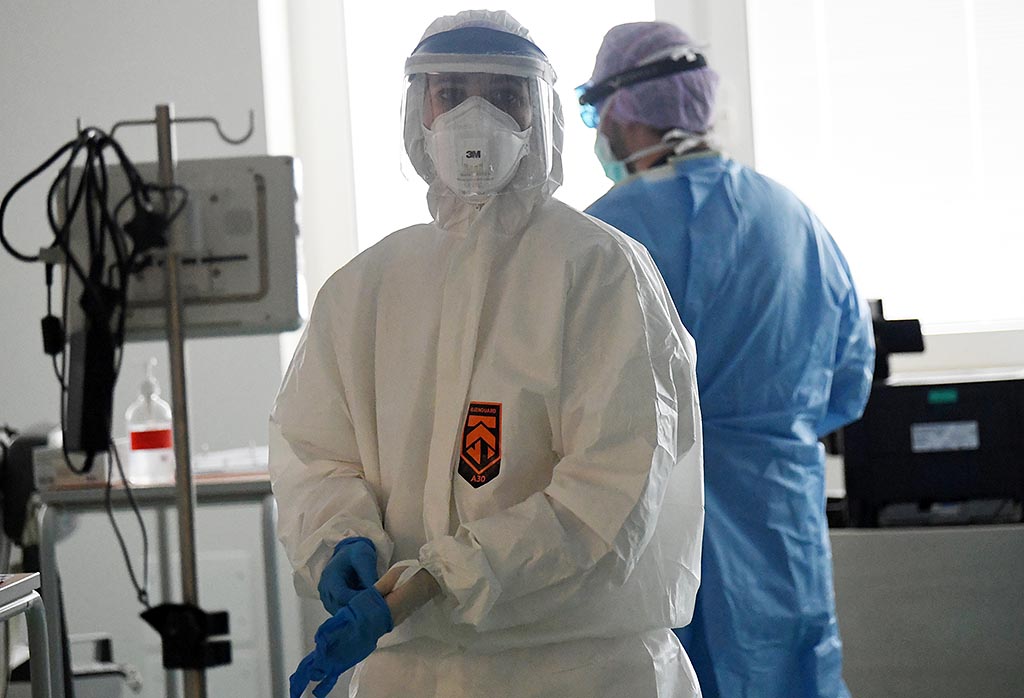By: P.T., STA
A hospital official has announced that Slovenian hospitals will get help from neighbouring countries to cope with a surge of Covid-19 patients, asserting that an agreement has apparently been reached with Italy. However, the Health Ministry said that no conclusive agreement had been reached yet.
“The information has come today that heath staff from neighbouring countries will come to [Slovenia’s] aid,” said Dunja Savnik Winkler, the medical director of the Šempeter hospital, on the border with Italy, on Tuesday.
“An agreement is said to be already in place with Italy for five internal medicine consultants and ten nurses. We would like to make it possible for all Slovenian Covid patients to be treated in their home country,” Savnik Winkler said.
However, the Health Ministry said that talks on aid in the form of staff with countries in the vicinity were still ongoing. “At the moment no conclusive agreement has yet been officially concluded,” it said.
Savnik Winkler earlier explained that it was “almost easier to get staff from abroad than organising transport for critically ill patients to foreign countries”.
The Šempeter hospital does not yet face a situation that could be compared to that in Bergamo at the peak of the Covid-19 emergency in Italy last year, she said.
However, she said the workload on the staff at the hospital was about one third bigger than usual at this time of year. The paediatric department is full all the time due to the many respiratory diseases.
The hospital currently treats 42 Covid patients at the regular ward and seven in intensive care, including one child. By Wednesday or Thursday the hospital will increase its ICU capacity from 12 to 15 beds.
Country-wide a total of 236 Covid-19 patients were treated in intensive care this morning, out of a total of 1,074 hospitalised.
Health Minister Boštjan Poklukar announced that hospitals had 288 ICU beds ready in what was the maximum planned intensive care capacity for Covid-19 patients.
The Slovenian Armed Forces have deployed four medical teams featuring a total of 20 members to help hospitals cope with the influx of patients.

